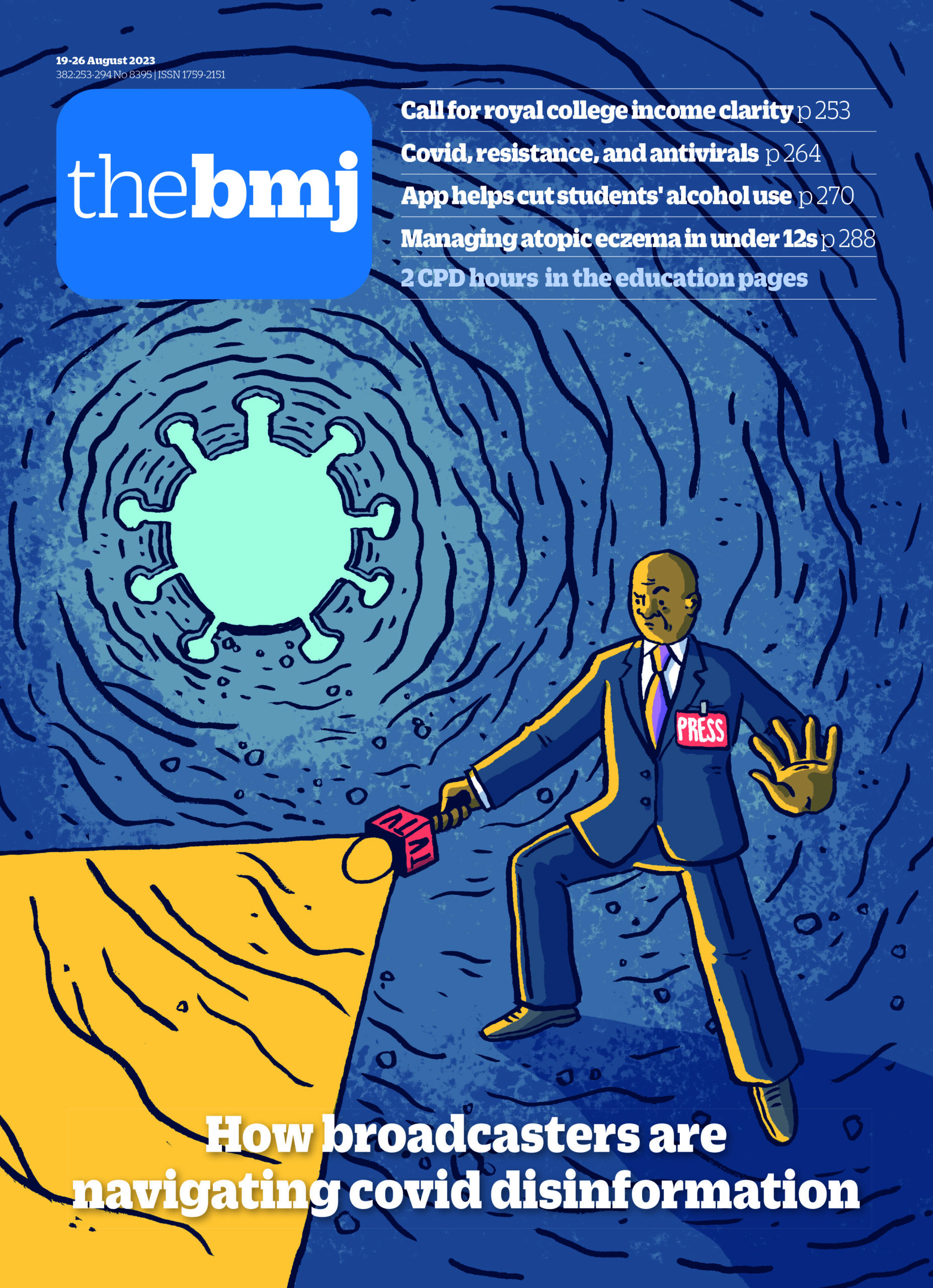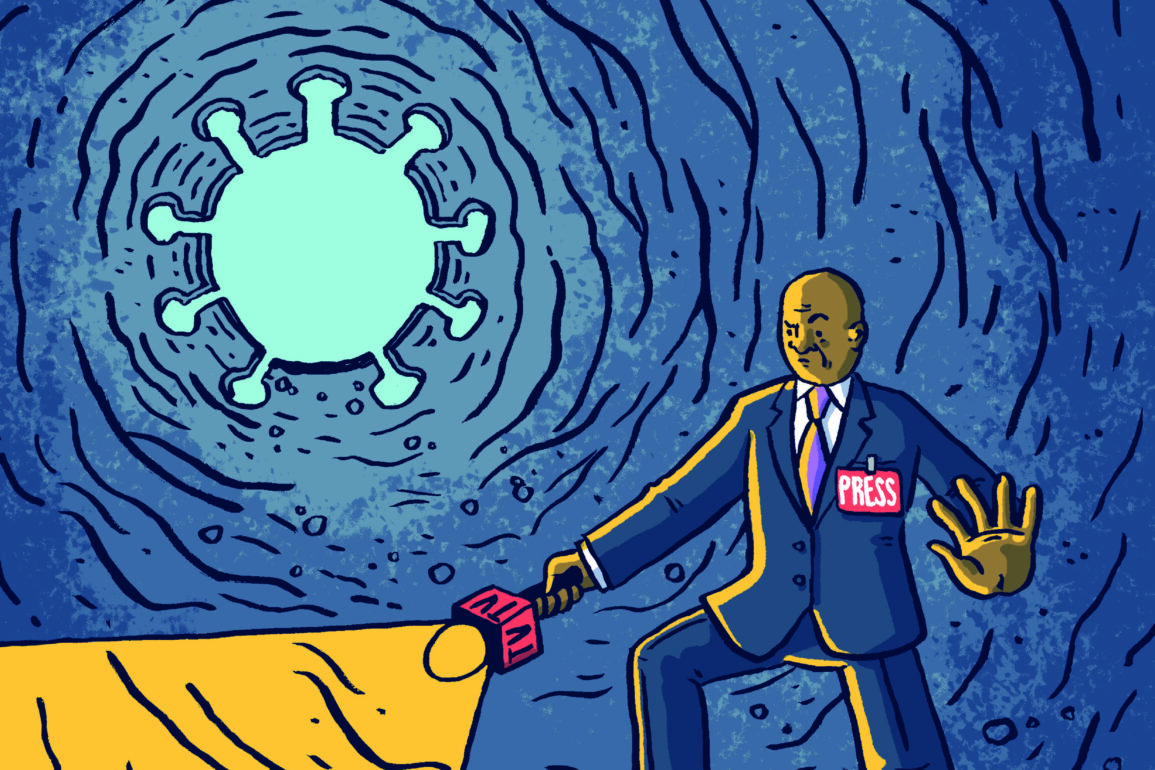
- Martine Skumlien, postdoctoral research associate1,
- Sam Craft, PhD student1,
- Jennifer Scott, senior lecturer2,
- Tom P Freeman, reader1
- 1Addiction and Mental Health Group (AIM), Department of Psychology, University of Bath, Bath, UK
- 2Bristol Medical School, University of Bristol, Bristol, UK
- Correspondence to: M Skumlien ms4068{at}bath.ac.uk
Synthetic cannabinoids, colloquially known as “spice,” are a class of structurally diverse novel psychoactive substances that were originally designed to mimic the effects of Δ9-tetrahydrocannabinol, the main psychoactive compound in cannabis. In 2022, the European Monitoring Centre for Drugs and Drug Addiction was monitoring 224 synthetic cannabinoids,1 with new variations emerging every year. These drugs can produce strong effects at low doses, with potential for serious harms such as addiction and withdrawal, psychosis, seizure, cardiorespiratory problems, and death.23 Despite this, little is known about how their use can be managed in healthcare settings.
New law on psychoactive substances
The introduction of the 2016 Psychoactive Substances Act created a blanket ban on the import, production, supply, and possession (in custodial settings) of all synthetic cannabinoids and novel psychoactive substances in the UK. This effectively abolished the open sale of these substances by high street retailers (“head shops”) and was followed by a reduction in their use in the general population …
This post was originally published on this site be sure to check out more of their content.







